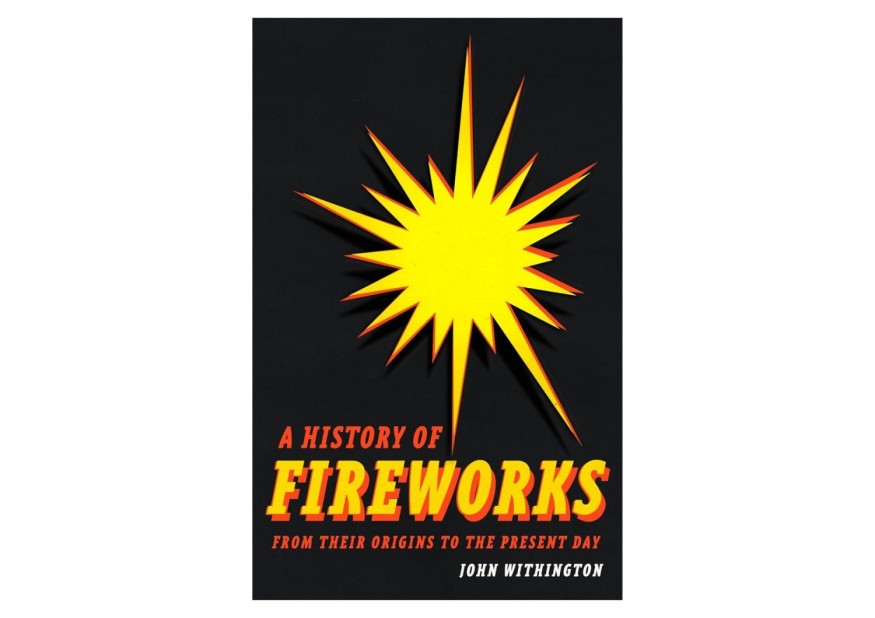
John Withington, a British author with extensive experience in media spanning 35 years and a 30-year career focused on writing books, predominantly on historical disasters, has shifted his focus to explore the history of fireworks. His forthcoming book, "A History of Fireworks from Their Origins to the Present Day," is scheduled for release in October.
Withington's research highlights Philadelphia as a significant city in the development of fireworks, noting its role from the first U.S. Independence Day to contemporary fireworks displays.
Evolution and Innovation of Fireworks
According to NPR, fireworks originated in ancient China, where bamboo stalks, when heated, could explode due to contained air pockets. Withington mentioned that Chinese travelers carried bamboo during their journeys as a precaution to generate loud noises for frightening wild animals if necessary.
By the 9th century, gunpowder was incorporated into bamboo to create some of the world's first manufactured fireworks. These were used in China to ward off spirits and celebrate births and weddings. By the 12th century, fireworks became a form of entertainment in China's imperial court and later spread to Europe in the 14th century, where elaborate displays resembling theatrical sets were created.
Chemical advancements in the 19th century allowed for the creation of colorful fireworks with enhanced brightness. Throughout history, fireworks innovations led to unconventional uses, including rocket-powered harpoons by whalers in the late 1800s and attempts to deliver mail using pyrotechnic rockets in the 1930s by inventor Gerhard Zucker. Fireworks were brought to the Americas by European settlers.
Philadelphia's Role in Popularizing Fireworks in America
In anticipation of the Fourth of July, Withington discussed the genesis of his book and Philadelphia's pivotal contribution in an interview with The Philadelphia Inquirer.
Philadelphia played a significant role in the early history of popularizing fireworks in America. On July 3, 1776, John Adams wrote to his wife predicting that the following day would become a historic occasion celebrated with parades, bonfires, and what he referred to as "illuminations," essentially fireworks.
The following day, despite ongoing hostilities in the War of Independence, Philadelphia saw modest celebrations with a small display of rockets. The tradition grew rapidly, and by the following year, Philadelphia orchestrated a larger fireworks show accompanied by city-wide illumination, marking the establishment of fireworks as a staple of July 4 celebrations across the nation.
By 1783, Independence Day celebrations with fireworks expanded beyond official displays to include private gatherings, with advertisements in Philadelphia promoting the sale of various fireworks assortments. In 1876, during the Philadelphia Centennial Exposition, British pyrotechnist Charles Brock staged four extravagant fireworks displays that attracted massive crowds, culminating in a memorable barrage of 2,000 large rockets. Despite its popularity, the use of fireworks on July 4 also faced criticism and safety concerns, with incidents of fireworks causing fires and injuries reported throughout the years.
In 1903, over 460 people died in fireworks accidents on Independence Day, prompting calls for safer celebrations. Charles Pennypacker, a Pennsylvania attorney from West Chester, advocated for a "quiet and sane" observance of the holiday, suggesting activities like taking trolley rides, relaxing under trees, or baking cakes instead of setting off fireworks. His proposal met resistance, with local youth protesting by lighting fireworks outside his house on July 3, 1904.
Despite opposition, Pennypacker's advocacy for a safer Fourth of July inspired the "Safe and Sane Fourth" movement nationwide. His ideas led to actions like Chicago's mayor banning fireworks and explosives in confined spaces and restricting cannons, firearms, and dynamite during celebrations.
Withington's Journey Into Fireworks History
Withington was inspired to write about the history of fireworks after a discussion with his publisher. The publisher noted the lack of a comprehensive global history on the subject since 1949. Withington, who had always wanted to delve into the history of a familiar everyday item, saw this as the perfect opportunity.
In his youth in 1950s Manchester, England, Withington was influenced by the annual "Bonfire Night" on November 5, commemorating the failed Gunpowder Plot of 1605. This event featured fireworks and the burning of effigies of Guy Fawkes to mark the occasion. Reflecting on his research and writing process, Withington spent approximately three years investigating and composing the book.
RELATED ARTICLE : 5 Recommended Reads to Celebrate Fourth of July












